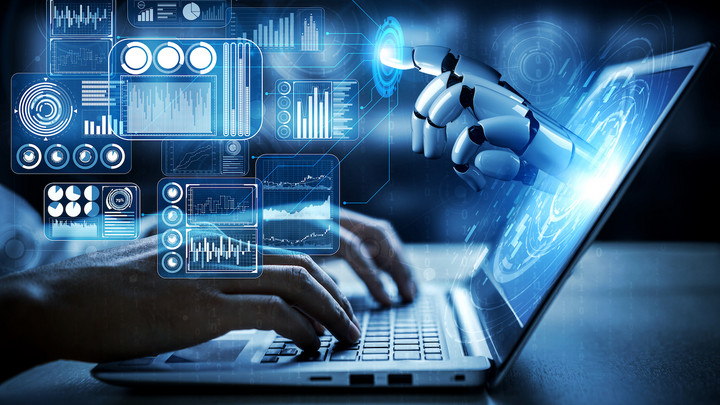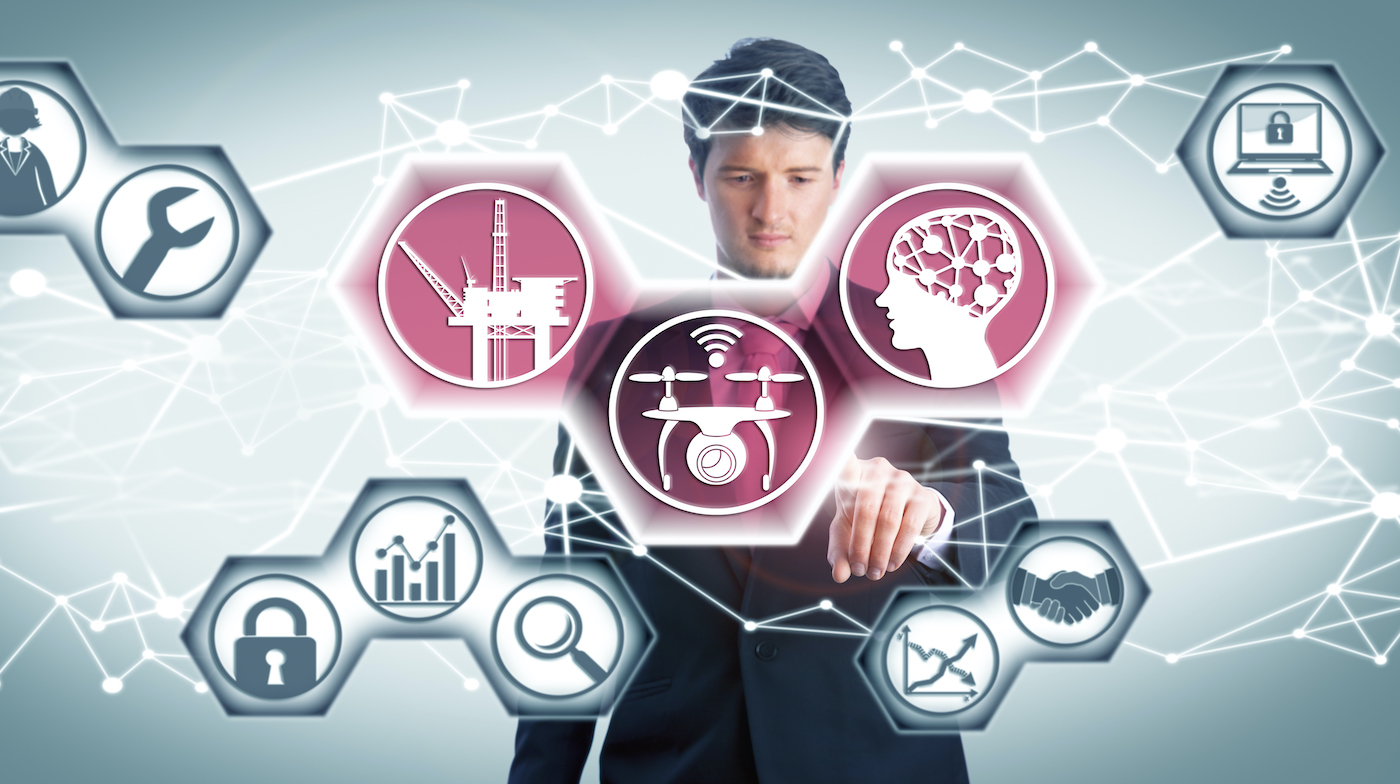UX4AI: New Rules of the Game for humankind and Machines
The interface between man and machine must be continuously redefined and AI must involve humans in decisions, reports Nils Klute from EuroCloud.

© Blue Planet Studio | istockphoto.com
The interaction between human and artificial intelligence (AI) needs rules. How concepts from user experience (UX), usability, and user interface (UI) design can be applied to AI systems for this purpose. And what service technicians can learn from space travelers in the process.
On 31 May 2020, Space-X wrote history. For the first time ever, a private company carried people into space. The novel Dragon spacecraft flies largely autonomously and can be controlled via touch displays. Where NASA astronauts in space shuttles pressed buttons, operated switches and pulled levers, the screens in the Space-X spacecraft display tidy status information and options for action appropriate to the respective flight phase. Commands can be issued with the tip of a finger. Whether launching, landing, or docking maneuvers – the smart capsule travels through space with its crew supported by AI.
UX and UI govern AI
The example shows: “Today, the interface between man and machine must be continuously redefined,” says Dr. Fred Jopp*, Head of Industrial Project Management at the Service-Meister consortium partner USU Software AG. “And not just in terms of how we design user interfaces, but also how AI systems interact with us.” What might a potential solution look like? “Concepts from User experience (UX), usability and user interface (UI) design can be applied to autonomous, intelligent systems to govern interaction.” Because: “UX and UI are about much more than just making software interfaces user-friendly.”
For example, UX4AI aims to ensure that people must be able to understand at all times how a smart application works and functions at all. “What can a system do, what level of quality does it deliver, what can it not do and what is it built for,” Jopp says. “Applications that have AI in them need to make that crystal clear.” What that might look like, for example? Whether it’s data models, complex neural networks or algorithms, intelligent systems must be as easy to explain to users as energy labels are to show how much electricity refrigerators, freezers, or clothes dryers consume: “Transparent boundary conditions make an AI trustworthy, Black Box approaches are no longer acceptable.”
AI must involve humans in decisions
Lightning strike, engine failure or system defect – if disaster threaten during the autonomous journey in the Dragon spacecraft, the astronauts always retain control despite all the smart automation. The AI systems support the crew, suggest corrections and emergency maneuvers, but in many cases leave – and must leave – the decision to humans. “It has to be no different for any AI system in business,” Jopp says. Because whether in cases of doubt, dilemma, or ethical conflict, AI must actively involve the user in decisions. “To do this, the areas in which an AI is allowed to act autonomously must be clearly defined and transparent,” says Jopp.
Useful and user friendly
What else applies to both space and the factory floor? Whether digital advisors, smart chatbots, augmented reality applications and AI apps: “AI systems are only useful if they are absolutely user-friendly and transparent,” Jopp says. In technical service, too, it is important to use smart algorithms in such a way that they actually support people and actively involve them in decisions. For example, an AI in service settings prepares maintenance calls, but it is mandatory that a human authorizes the work plans. This also applies in the diagnosis of disorders: An AI analyzes asset log data to identify correlations and easily visualize machine and software issues via tidy dashboards. “Errors can be easily identified and causes determined without the need for an expert on AI. This approach should also apply to the quality of the calculation” says Jopp.
Job description: Controller for AI systems
Understanding AI applications, interpreting results, seeing through data models and interactively evaluating different network structures – complex requirements for which companies need specially trained employees. “In the future, we will not only need data scientists and software developers, but also, in a sense, controllers for AI systems,” Jopp says. They must thoroughly understand AI systems and decide on their use and decisions in the company. Because one thing is certain: “It doesn't matter whether we’re flying into space assisted by AI or servicing industrial service equipment: Humans and smart machines must adhere to comprehensible rules so that everything runs smoothly and safely,” Jopp concludes.
*) This article originally appeared in German on www.servicemeister.org in January 2021. Today, PD Dr. Fred Jopp is Head of Business Solutions Public Sector and International Project Management at PASS IT-Consulting Dipl.-Inf. G. Rienecker GmbH & Co. KG.
Nils Klute is IT Editor and Project Manager Communication Cloud Services at EuroCloud Germany. He is responsible for content marketing activities on topics such as GAIA-X and AI, supports initiatives such as Service-Meister, EuroCloud Native or systems integrators on their cloud journey. Prior to his start at eco in 2018, Nils worked as a corporate journalist for IT corporations (like SAP, T-Systems, and QSC at Cologne-based communication agency Palmer Hargreaves) and previously held public relations positions at market and economic research institutions.





